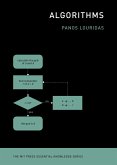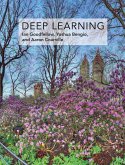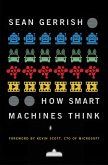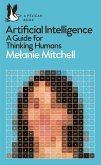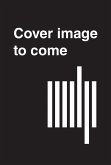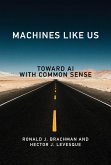A complete guide to deep neural networks – the technology behind AI – covering fundamental and advanced techniques to apply machine learning in real-world scenarios. Deep Learning Crash Course goes beyond the basics of machine learning to delve into modern techniques and applications of great interest right now, and whose popularity will only grow in the future. The book covers topics such as generative models (the technology behind deep fakes), self-supervised learning, attention mechanisms (the tech behind ChatGPT), graph neural networks (the tech behind AlphaFold), and deep reinforcement learning (the tech behind AlphaGo). This book bridges the gap between theory and practice, helping readers gain the confidence to apply deep learning in their work.
Bitte wählen Sie Ihr Anliegen aus.
Rechnungen
Retourenschein anfordern
Bestellstatus
Storno


